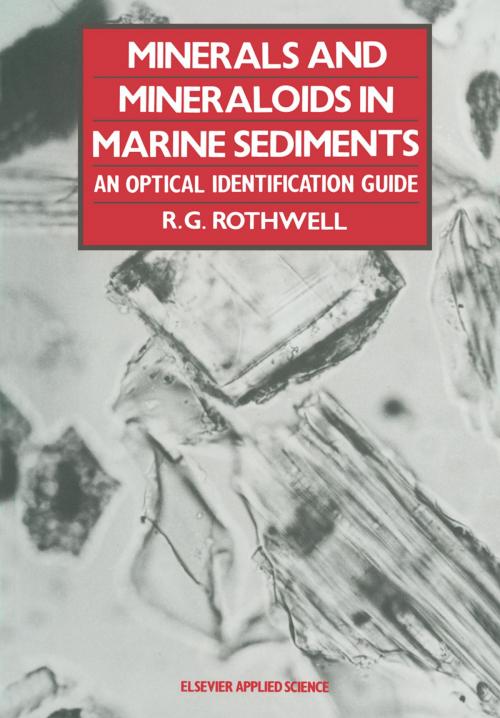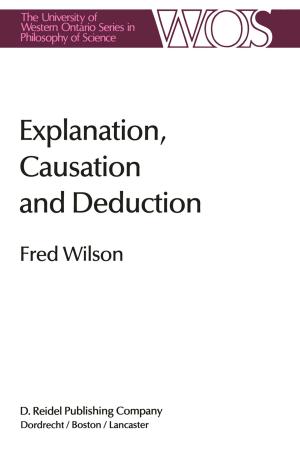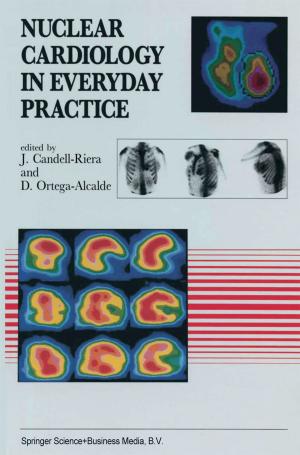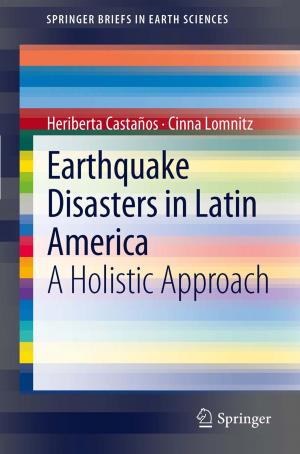Minerals and Mineraloids in Marine Sediments
An Optical Identification Guide
Nonfiction, Science & Nature, Science, Earth Sciences, Mineralogy, Oceanography| Author: | ISBN: | 9789400911338 | |
| Publisher: | Springer Netherlands | Publication: | December 6, 2012 |
| Imprint: | Springer | Language: | English |
| Author: | |
| ISBN: | 9789400911338 |
| Publisher: | Springer Netherlands |
| Publication: | December 6, 2012 |
| Imprint: | Springer |
| Language: | English |
Over 60% of the Earth's surface is covered with deep marine sediments, however, until the early 1980s, no comprehensive text books appeared to support the rapid expansion in the study of these sediments. While the whole field of marine geology has expanded enormously and entirely new disciplines, such as paleoceanography, have been developed, there remains a lack of reference texts on study techniques that investigators in the marine community can turn to. Minerals and Mineraloids in Marine Sediments is an optical identifica tion guide that I believe will become a standard reference text for use in the microscope analysis of marine sediment& and sedimentary rocks. The systematic collection of sediment cores from the deep ocean floor began in earnest with the Swedish Deep Sea Expedition, 1947-1948. Much of the microscopic examination of the sediments collected in these piston cores (10 m+ long) was conducted on separated grain mounts or thin sections of impregnated sediments. By the late 1960s a simpler technique of examining a mounted smear of the cored silt and clay size sediment on a microscope slide had become standard practice in American oceanographic institutions. This semi quantitative technique became the standard tool used in core description aboard Glomar Challenger through the 15 years of the Deep Sea Drilling Project (DSDP), 1968-1983. Visual percentage estimates of biogenic and mineral components were made using petrologic micro scopes.
Over 60% of the Earth's surface is covered with deep marine sediments, however, until the early 1980s, no comprehensive text books appeared to support the rapid expansion in the study of these sediments. While the whole field of marine geology has expanded enormously and entirely new disciplines, such as paleoceanography, have been developed, there remains a lack of reference texts on study techniques that investigators in the marine community can turn to. Minerals and Mineraloids in Marine Sediments is an optical identifica tion guide that I believe will become a standard reference text for use in the microscope analysis of marine sediment& and sedimentary rocks. The systematic collection of sediment cores from the deep ocean floor began in earnest with the Swedish Deep Sea Expedition, 1947-1948. Much of the microscopic examination of the sediments collected in these piston cores (10 m+ long) was conducted on separated grain mounts or thin sections of impregnated sediments. By the late 1960s a simpler technique of examining a mounted smear of the cored silt and clay size sediment on a microscope slide had become standard practice in American oceanographic institutions. This semi quantitative technique became the standard tool used in core description aboard Glomar Challenger through the 15 years of the Deep Sea Drilling Project (DSDP), 1968-1983. Visual percentage estimates of biogenic and mineral components were made using petrologic micro scopes.















